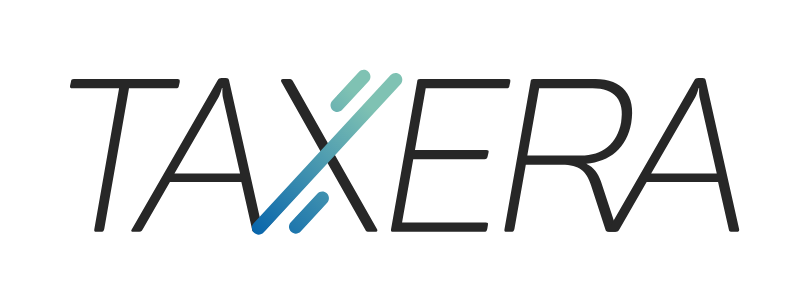1- Cost saving
One of the most significant benefits of going digital in the tax function is cost savings. For example, when implementing e-invoicing, the cost of printing, mailing, and storing paper invoices can be eliminated. In addition, automation of tasks such as data entry, data analysis, and report generation can reduce the need for manual labor, which can result in significant cost savings.
2- Time saving
Digitalization can save time in the tax function by automating many processes, such as tax compliance and reporting. For example, when implementing the Standard Audit File for Tax (SAF-T), a standardized XML file format that allows tax authorities to access relevant accounting data, it becomes easier to generate the required data for tax compliance purposes, thus reducing the amount of time spent on manual tasks.
3- Increased accuracy
Automation can help ensure greater accuracy in the tax function. For example, when implementing VAT returns, automation can ensure that calculations are accurate, reducing the risk of errors.
4- Improved data management
Digitalization allows for better data management in the tax function. For example, when implementing periodic reporting, digital tools can help organize and store data more efficiently and accurately, which can result in more effective tax planning.
5- Better decision-making
Digital tools can help tax professionals make better and more informed decisions. For example, when using data analytics tools to analyze large amounts of data, tax professionals can identify trends and patterns that may be useful in tax planning and decision-making.
6- Enhanced transparency
Digitalization can increase transparency in the tax function, making it easier to identify potential issues or errors. For example, when implementing SAF-T, tax authorities can access relevant accounting data, which can help identify potential discrepancies and reduce the risk of tax fraud.
7- Improved collaboration
Digital tools can help increase collaboration between tax professionals and other stakeholders in the organization. For example, when implementing e-invoicing, there is more effective communication between the tax department and the accounts payable department, leading to a more efficient and accurate process.
8- Scalability
Digital tools can help organizations scale their tax function more efficiently. For example, when implementing VAT returns, digital tools can handle large amounts of data, making it easier to manage an increased workload as the business grows.
9- Enhanced security
Digitalization can improve the security of tax data. For example, when implementing e-invoicing, digital signatures and encryption can help prevent data breaches and keep sensitive information safe.
10- Competitive advantage
Finally, going digital in the tax function can provide a competitive advantage for organizations. For example, when implementing periodic reporting, the organization can provide more accurate and timely information to stakeholders, leading to better-informed decision-making and a competitive advantage.
In conclusion, going digital in the tax function can provide many benefits to organizations, from cost and time savings to improved decision-making and a competitive advantage. These benefits are
particularly relevant in the context of current topics such as e-invoicing, SAF-T, VAT returns, periodic reporting, and other relevant tax topics.





